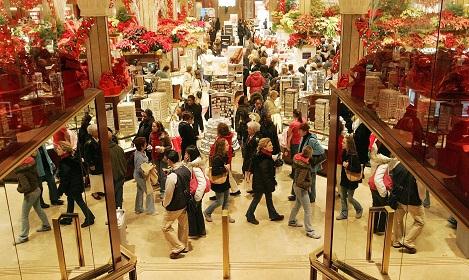
During the holiday season of 2015, 91% of US consumers chose to shop at physical stores, driving sales for brick-and-mortar retailers, indicates the International Council of Shopping Centres’ (ICSC) recently released Holiday Consumer Purchasing Trends study.
According to the study, the strength in brick-and-mortar is largely due to technological advancements on the part of retailers and the savviness of consumers.
Tom McGee, president and CEO of ICSC, makes an interesting observation. “Looking back at the holiday season, the major trend that emerged is the prevalence of the omnichannel consumer and the resulting convergence among brick-and-mortar and digital retail.”
“The story of bricks versus clicks is an old one. Now the story is of a shopper getting the best of both worlds, using online research and capabilities to inform physical purchases. Of course, the American consumer has sent a clear message that the physical store remains at the epicentre of the shopping experience,” he adds.
Consumers continued to show resiliency this season, as 40% of shoppers say they spent more this season than in 2014, with 33% spending the same this season. Only 23% said they spent less than 2014.
Between November 1-and-December 25, around 198 million American adults made holiday purchases at a physical store. Seeing, touching and trying on merchandise was cited the number one reason to shop in store (32%), followed by the ability to browse (26%) and the ability to get the item right away (24%). Further shoppers also embraced the ease of returning and exchanging products in store, with 20% of shoppers electing to shop in-store because of this advantage.
Around 60% of holiday shoppers used their mobile device while shopping in-store to do such things as compare prices, check availability and view reviews/ratings. In order to arrive better informed and ready to purchase, 56% of holiday shoppers researched products before they even entered the store.
Nearly one-third (32%) of holiday shoppers used the click-and-collect option, with 69% of these shoppers purchasing additional items in the store of collection and 36% making another purchase in an adjacent store.